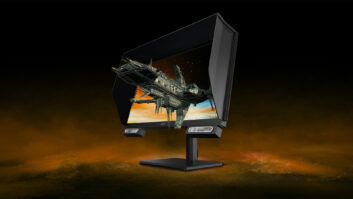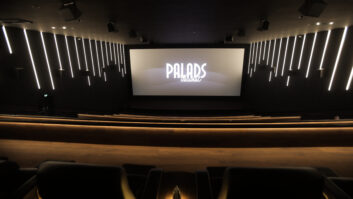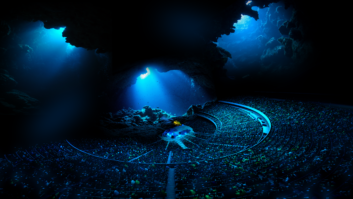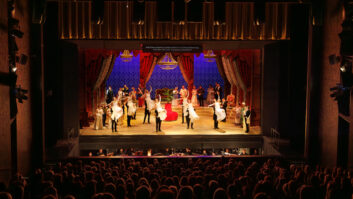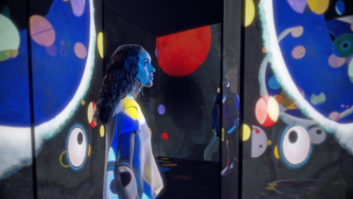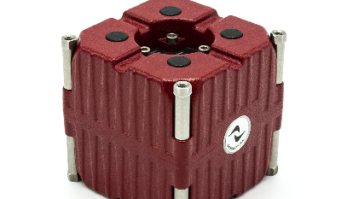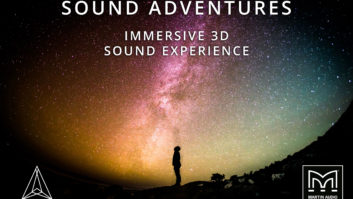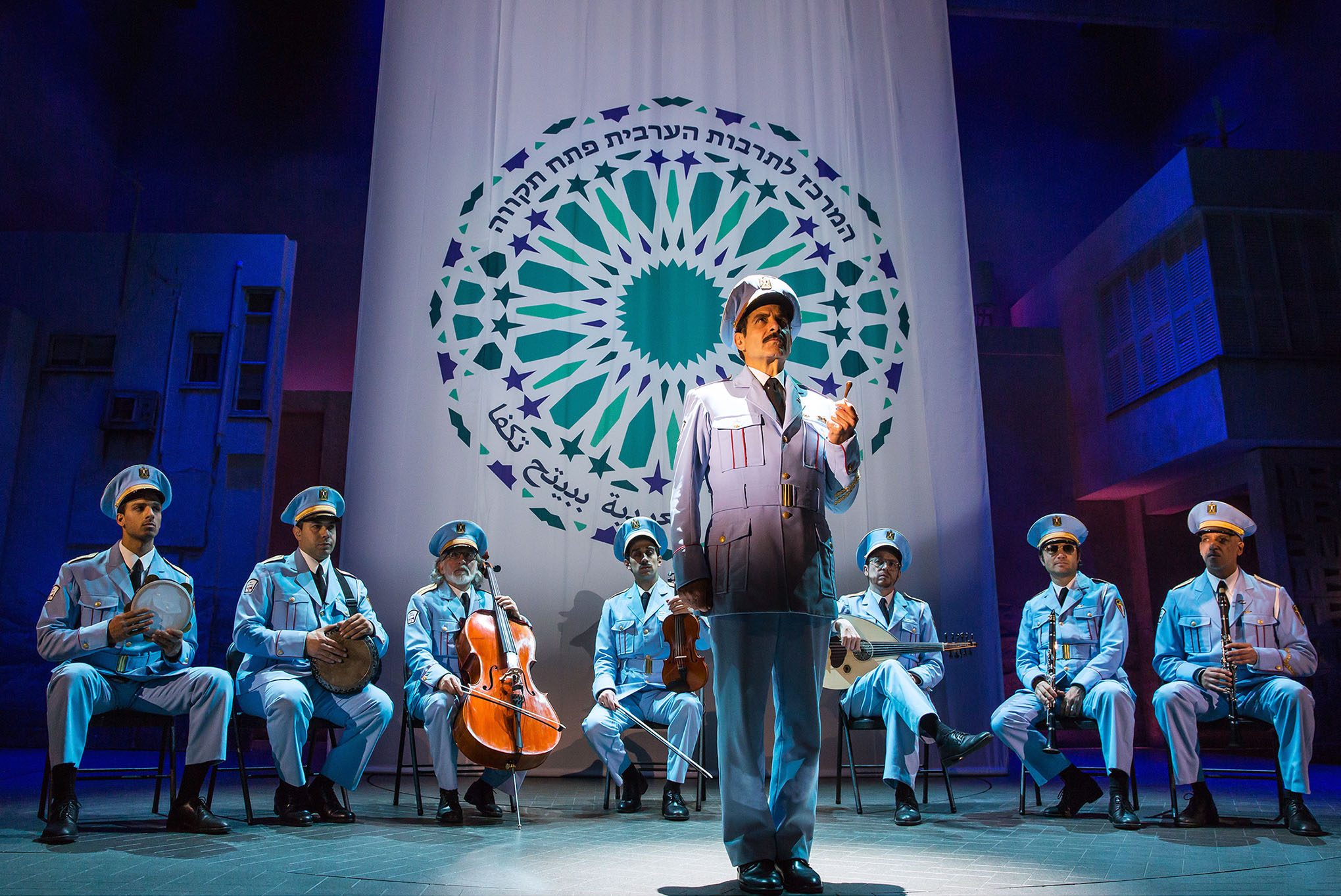
From an initial foundation in cinema and theatre applications, immersive audio is gradually achieving meaningful crossover into other areas of fixed installation as well as broadcast and live performance. It’s not too difficult to understand why, either; the possibility of creating audio experiences that are all-encompassing, and which often provide a suitable complement to visual ones, gives venue owners and attraction producers a further mechanism by which to secure visitor interest and attention.
At the same time, there is no doubt that this is still an emerging part of the marketplace, and with one or two exceptions it is not clear who the dominant players will be in a couple of years’ time. Therefore it makes sense for integrators and consultants to not get too hung up on the merits of individual solutions and instead take an experience-driven approach that starts with the question: What is the customer trying to achieve here, and which technology – or technologies – can bring this about with a minimum of complexity?
It stands to reason that the expectations of a permanent installation in a theatre that needs to support contrasting touring productions are going to vary significantly from, say, those of a short-term exhibition in a museum or arts centre. But according to the vendors who spoke to Installation for this article, the ‘first principles’ to be considered at the start of a project are more universal than one might think – and it all starts with the notion and expectations of the immersive experience itself.
‘Done properly, immersive audio is about creating experiences’ – Bjorn van Munster, Astro Spatial Audio
Creative tools
Bjorn van Munster, founder of Astro Spatial Audio, believes that “done properly, immersive audio is about creating experiences, and we see our technology as a tool for sound designers and engineers to unlock the creative, multidimensional potential of their audio content. Our job is to make that process as simple as possible.”
d&b audiotechnik is one of the manufacturers to have recently brought a major new solution to this area of the market in the form of d&b Soundscape. Combining d&b loudspeaker systems with the latest processing technology, object-based mixing and sophisticated room emulation, d&b Soundscape is described as a toolkit to enable the creation of a listening experience that is ‘natural, harmonious, enveloping and emotionally engaging’. At the heart of the solution is the DS100 Signal Engine audio processor with Dante networking and a 64 x 64 level and delay matrix with extensive in- and output processing.
Georg Stummer, DS100 product manager at d&b audiotechnik, identifies three primary factors that need to be borne in mind when designing and specifying a new immersive installation. “Immersive audio is a creative tool, so the experience that the clients are trying to create from the artist and the audience perspective would be our primary consideration,” says Stummer. “The next thing would be the space: the loudspeaker placement, the room configuration and the audience area. Then, the level of expertise required to operate the system is also an important consideration as the control interface can make a sophisticated system either impenetrable or accessible.”
This last consideration is crucial given that immersive audio applications can range from “fixed installations with expert crew operating a sound designer-specified show, to a temporary art installation or retail experience. The ideal system has an interface that can be integrated into the common workflow of the space it is operating in.”
‘The level of expertise required to operate the system is also an important consideration’ – Georg Stummer, d&b audiotechnik
Dave Haydon of Out Board – the company behind the TiMax 3D immersive spatial audio and TiMax tracker systems – offers some similar sentiments, remarking that “it’s vital to analyse and clarify what the client means by and expects from immersive audio, and why. Examples might include the creation of immersive atmospheres for mood and emotion in a museum; spot effects as gags and excitement in theme park experiences; localised audio for impact; and focus on experiential elements and exhibits – or any combination of these.”
Once the emphasis of the installation has been determined, the conversation can then move onto issues related to “budgets and logistics for type, quantity and location of speakers; playback media and interaction with content sourcing and rendering entities, scheduling and interactive show control; and housekeeping such as generic EQ/delay/zone management and signal distribution.”

